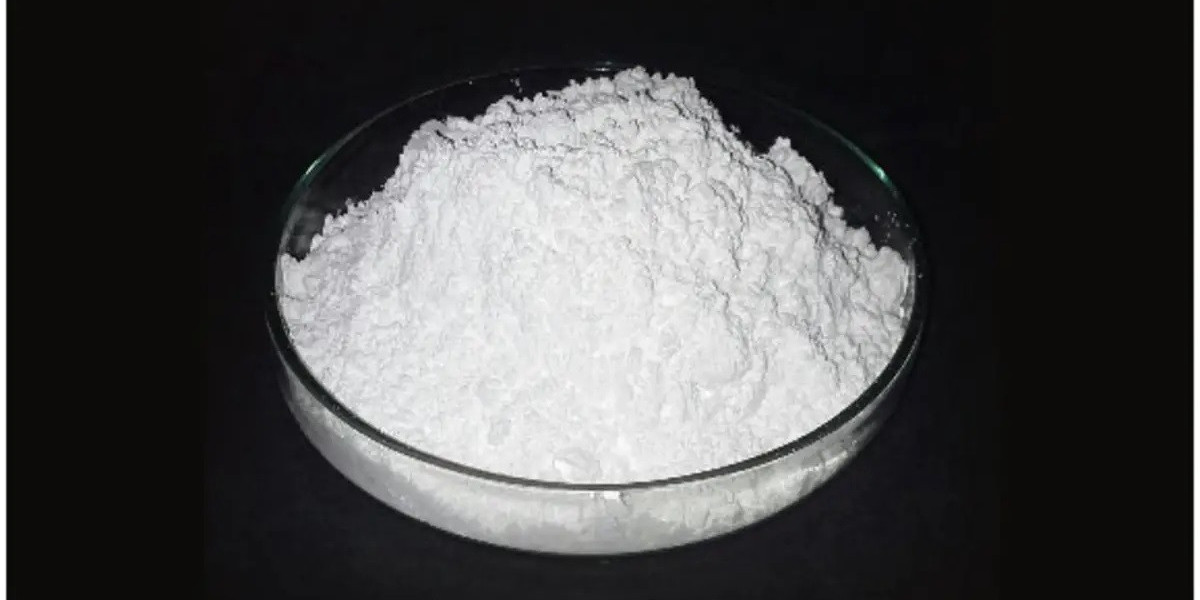Rise in Demand from Electronics and Hexagonal Boron Nitride Industry
Hexagonal boron nitride (h-BN) has emerged as an ideal material for applications where high thermal conductivity, electrical insulation and chemical inertness are required. Due to these unique properties, h-BN has found widespread use in the electronics and aerospace industries in the last decade.
The global h-BN market has been growing at a steady rate of over 7% annually owing to the rising demand from applications in semiconductors, LEDs, and high-performance composites. Though h-BN in its pure form is more expensive than other ceramics and insulating materials, manufacturers are willing to pay a premium due to the superior functional characteristics that it offers. Let us examine some of the key market trends and emerging applications driving the demand for Hexagonal Boron Nitride.
Growing Adoption in Hexagonal Boron Nitride Industry
One of the major applications of h-BN is in semiconductor devices as an insulator and heat spreader. With device miniaturization reaching the nanoscale, traditional insulating materials like silicon oxide have reached their thermal conductivity limits. h-BN with its ultra-high thermal conductivity of up to 400 W/mK helps dissipate heat efficiently from densely packed semiconducting components. Leading chipmakers are increasingly using h-BN in future nanoscale CMOS and power electronics to prevent device failure due to overheating. The demand from advanced logic ICs and power modules is expected to fuel market growth.
Rising Use in LED Lighting
Hexagonal boron nitride exhibits high chemical and thermal stability suitable for high-power LED applications. It is used as a substrate as well as in encapsulation and packaging of LEDs. The substitution of sapphire and other insulating materials with h-BN helps improve light extraction efficiency, thereby increasing LED lumen output and lifespan. Rapid adoption of LED lighting globally for commercial and household use is propelling the consumption of h-BN in this segment. Developments in micro/mini LEDs and horticulture lighting present further opportunities.
Gaining Traction in Thermal Management
The high thermal conductivity and electrical insulation offered by h-BN make it an ideal material for applications requiring efficient heat spreading and electrical isolation. It is increasingly being used as a thermal interface material (TIM) in applications like power modules, RF amplifiers, LED grow lights, and battery cooling. The powdered form of h-BN when mixed with polymers or greases enhances the thermal conductivity of heat sinks, fans and thermal pads. Market analysts forecast strong growth in the usage of h-BN as an advanced thermal management solution in high-powered electronics and electric vehicle components.
Critical for Protection of Composites in Aerospace
In aircraft and aerospace applications, the inert nature and strength of h-BN are crucial. It is employed as an oxidation-resistant and dielectric barrier coating on metallic airframe structures operating at high temperatures. The lightweight h-BN composites containing polymers or ceramics exhibit outstanding heat resistance and fire retardancy required for cabin interiors, seat cushions and wiring insulation in aircraft and satellites. Stringent aircraft certification standards will support enduring use of h-BN in this core high-value segment.
Promising Outlook in Lithium-ion Batteries
Boron nitride nanotubes (BNNTs) have displayed potential as a safer alternative to conventional graphite anodes in lithium-ion batteries. Preliminary studies show BNNTs can improve capacity, extend battery life and enhance thermal safety owing to their structural stability. This has attracted R&D among battery manufacturers exploring solid-state and next-generation lithium technologies. If large-scale production challenges are overcome in the next few years, lithium batteries may emerge as a notable new application area for hexagonal boron nitride and BNNTs.
In conclusion, the intrinsic thermal, electrical and mechanical properties of hexagonal boron nitride make it well-suited for diverse applications across major industries like electronics, optics, aerospace and energy storage. Although high material costs remain a limiting factor, innovative processing techniques and development of h-BN composites are expected to drive wider commercial adoption. Backed by strong end-user demand, the global hexagonal boron nitride market has significant potential for further expansion in the coming decade.
Get more insights on this topic: https://www.trendingwebwire.com/hexagonal-boron-nitride-industry-global-hexagonal-boron-nitride-market-insights-growth-trends-and-forecasts/
Author Bio:
Money Singh is a seasoned content writer with over four years of experience in the market research sector. Her expertise spans various industries, including food and beverages, biotechnology, chemical and materials, defense and aerospace, consumer goods, etc. (https://www.linkedin.com/in/money-singh-590844163)








